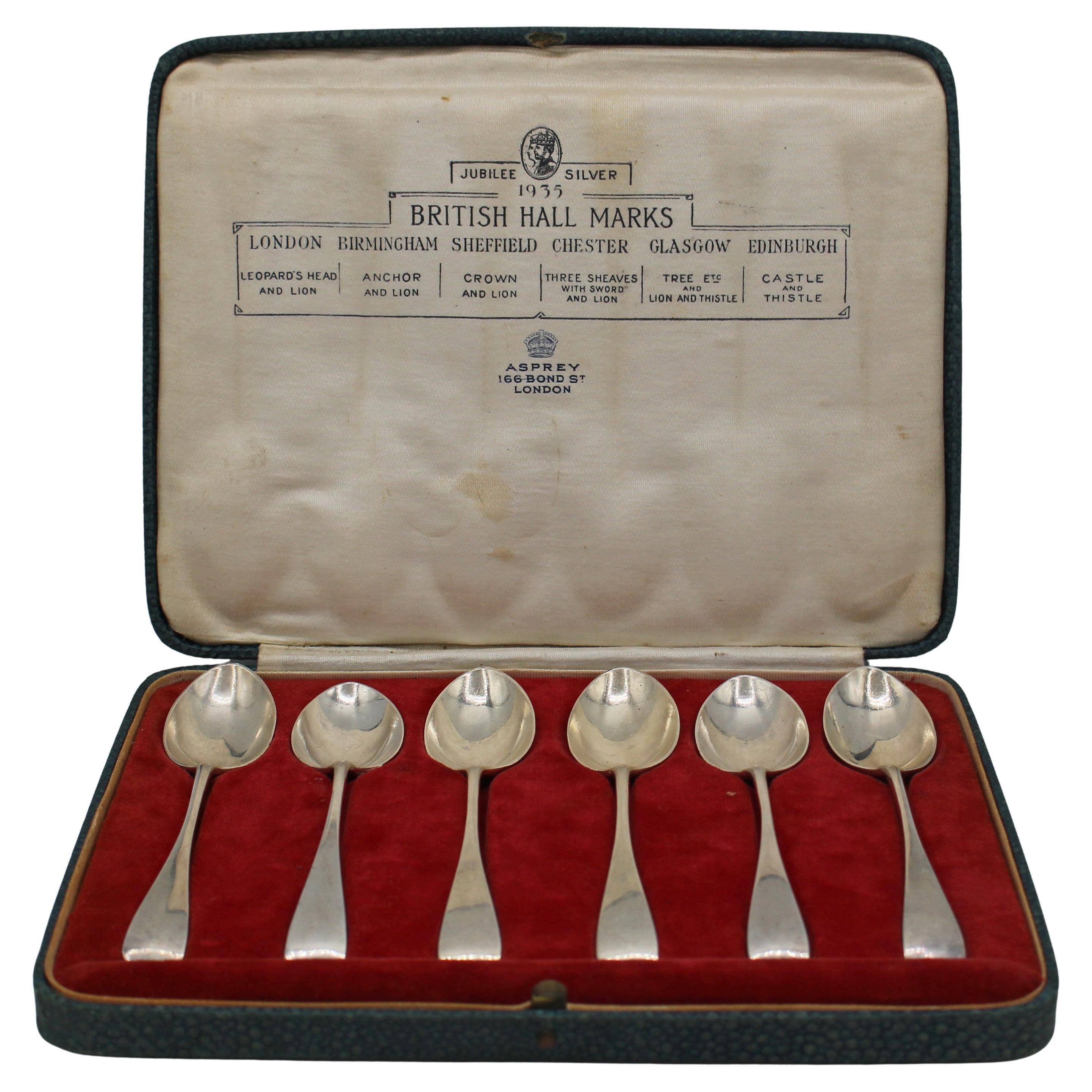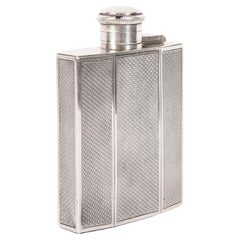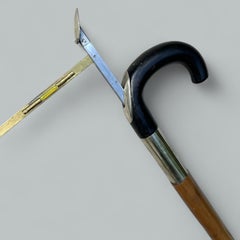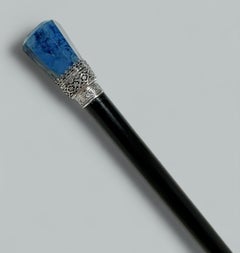Questions & Answers
Our trusted network of 1stDibs sellers answer common questions
Is English silver worth anything?
1 Answer

Yes, some English silver is worth something. Collectors are often on the hunt for pieces produced by prominent British silversmiths, such as Elkington & Co., Paul Storr, Mappin & Webb, Hukin & Heath, Thomas Bradbury & Sons Ltd., Walker & Hall and James Dixon & Sons. In addition to the maker, factors that determine the potential value of silver wares include type, style, age, condition and level of rarity. A certified appraiser or experienced antique dealer can assist you with determining how much English silver in your collection may be worth.
On 1stDibs, explore a diverse assortment of English silver.
On 1stDibs, explore a diverse assortment of English silver.
1stDibs ExpertNovember 20, 2024
Related Questions
- Is a silver platter worth anything?1 Answer
- Is silver flatware worth anything?1 Answer
- Is silver over copper worth anything?1 Answer
- Is Rogers silver worth anything?1 Answer
- Is Deep Silver worth anything?1 Answer
Shop for English Sterling Silver on 1stDibs
Antique Art Deco Period Sterling Silver Hip Flask 20th Century
Located in London, GB
A truly superb antique Art Deco period sterling silver hip flask with engine turned decoration, bearing hallmarks for Birmingham 1929 and the makers mark K&L for Knowles & Ladd.
Th...
Category
Early 20th Century English Art Deco Sterling Silver
Materials
Sterling Silver
Antique Gentlemans Horse Measuring Walking Stick Cane Sterling Silver Gadget 19C
By Henry Howell Co. Ltd
Located in Dublin, Ireland
Superb Rare Polished Figured pale Malacca wood crook handled Stick of outstanding quality, enclosing its original polished steel Horse Measure which measures up to 17hh complete with...
Category
Antique 19th Century English Victorian Sports Equipment and Memorabilia
Materials
Sterling Silver, Steel
Antique Vintage Wooden Ebony Lapis Lazuli Walking Stick Cane Sterling Silver 19C
Located in Dublin, Ireland
Very Stylish Fine Quality Polished Ebony Lady’s or Gentleman’s Walking Cane of English origin, mid to late Nineteenth Century.
The extremely elegant beautifully grained Lapis Lazul...
Category
Antique Late 19th Century English Victorian Sports Equipment and Memorab...
Materials
Sterling Silver
Exquisite Wine Funnel Antique Sterling Silver Hallmarked, Gilded Superb Quality
Located in Wembley, GB
Exquisite Antique Sterling Silver Wine Funnel - Hallmarked, Superb Quality
This antique sterling silver wine funnel is a remarkable example of fine English craftsmanship, designed t...
Category
Antique Early 1900s English Art Deco Sterling Silver
Materials
Silver, Britannia Standard Silver, Silver Plate, Sterling Silver, Silver...
$800 Sale Price
20% Off
Free Shipping
Antique Silver-Plated Revolving Dome Caviar or Butter Dish on Ornate Box
Located in Wembley, GB
An elegant antique silver-plated covered serving dish, designed with a revolving dome lid and raised on an ornate stand with finely detailed floral and scrollwork decoration. The pie...
Category
Antique Late 19th Century English Art Deco Sterling Silver
Materials
Gold Plate, Silver, Sterling Silver
$792 Sale Price
40% Off
Free Shipping
19th Century Flatware Set - Carrington & Co - Solid Sterling Silver - Complete
By Carrington of Regent Street
Located in Casteren, Noord-Brabant
An exceptional 19th-century English flatware service by Carrington & Co, 130 Regent Street, London — one of the most prestigious silversmiths and jewellers of the Victorian and Edwar...
Category
Antique 1880s English Victorian Sterling Silver
Materials
Sterling Silver
$8,260 / set
Free Shipping


